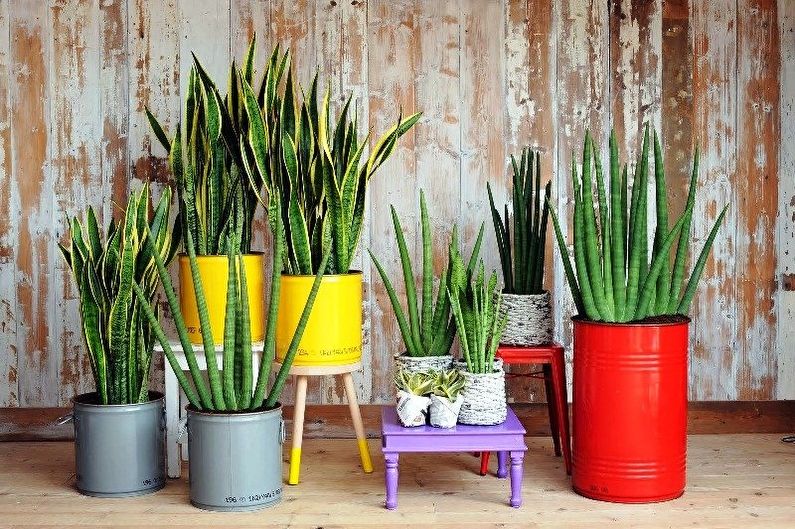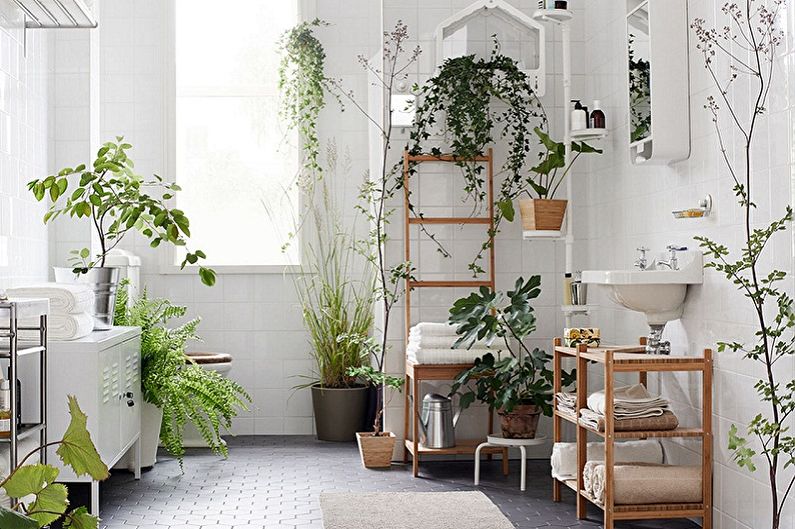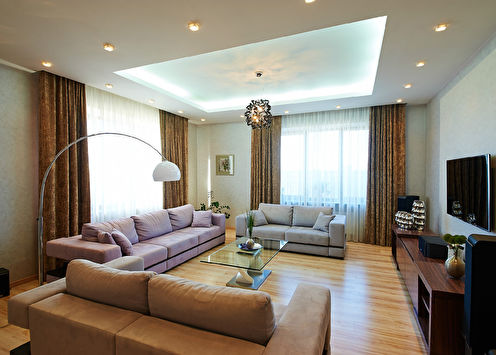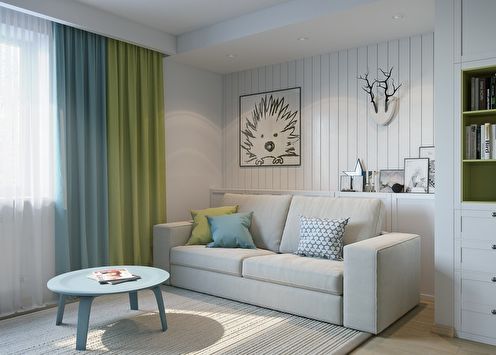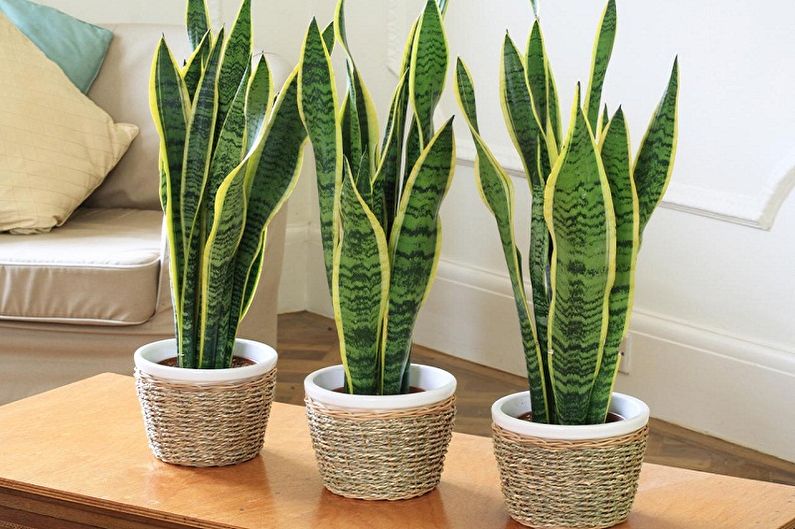
Decorating an apartment with indoor plants and flowers is a great way to bring bright colors, freshness and aroma of spring-summer decoration into the atmosphere. However, when buying another flower pot, we often don’t think that it can also be quite unsafe. Especially careful in choosing indoor representatives of the flora, it is necessary to be families with children who are most sensitive to negative influences. In our article, we will consider what kind of flowers it is undesirable to keep indoors from the point of view of science, as well as plants that are unfavorable for the family atmosphere according to Eastern Feng Shui philosophy and popular observations.
10 dangerous plants for the home
In fact, the list of plants that can harm a person is very large. All of them are divided into four main families: aroid, euphorbia, kurt and solanaceous. The greatest danger is the toxic juice of plants, so when working with them you need to remember gloves and do not forget to wash your hands thoroughly. Next, we look at the 10 most harmful indoor colors.
1. Dieffenbachia
A popular houseplant bearing the name of the German botanist I.F. Dieffenbach, has luxurious lush leaves, whose colorful color looks quite impressive. The love of home gardeners for a plant is caused not only by its decorativeness, but also by its attractiveness, as well as by its solid dimensions, due to which loggias, balconies, and insulated verandas are often decorated with them. The danger of dieffenbachia lies in the poisonous juice, which is easily secreted when damaged. Getting it on the mucous membranes can easily cause a burn, so it is not recommended to install a flowerpot in rooms where there are children.
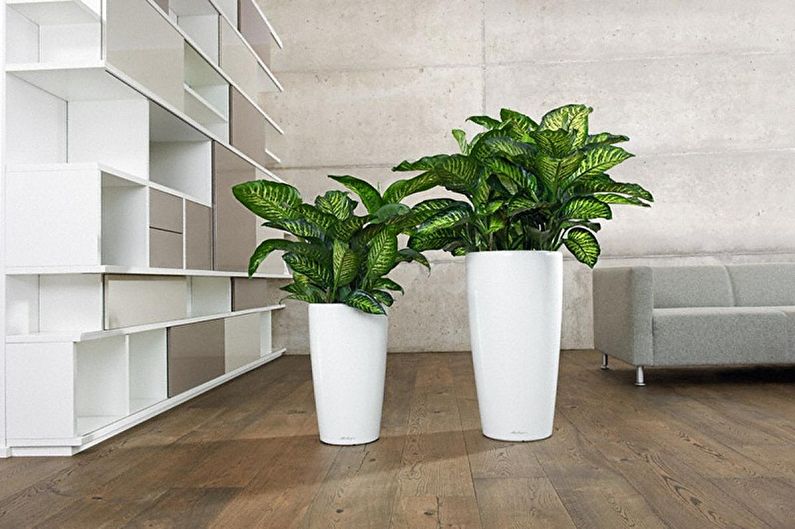

2. Azalea
Excellent flowerpots with simple and terry flowers can not leave indifferent any connoisseur of the flora world. Often, azaleas become a real decoration of indoor plants collections. These lovely flowers are presented for holidays, placed in office premises. However, the incomparable beauty of azalea also conceals a considerable danger - the juice filling its stems contains poisonous elements that can cause great harm to the body when ingested, therefore, children and animals most often suffer. In case of poisoning, symptoms such as weakness, nausea, vomiting, and a malfunction of the heart can be observed. In addition, it is worth considering that the blooming azalea emits a strong aroma, so you should not install it in the bedroom and in a poorly ventilated room.
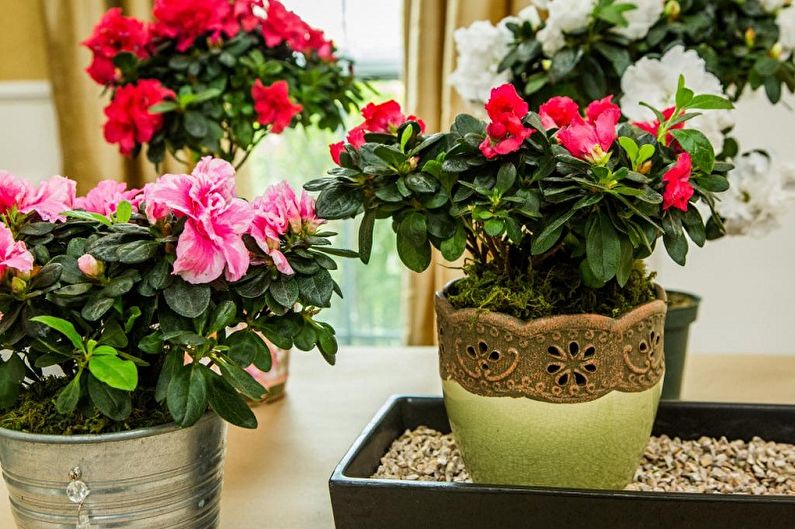
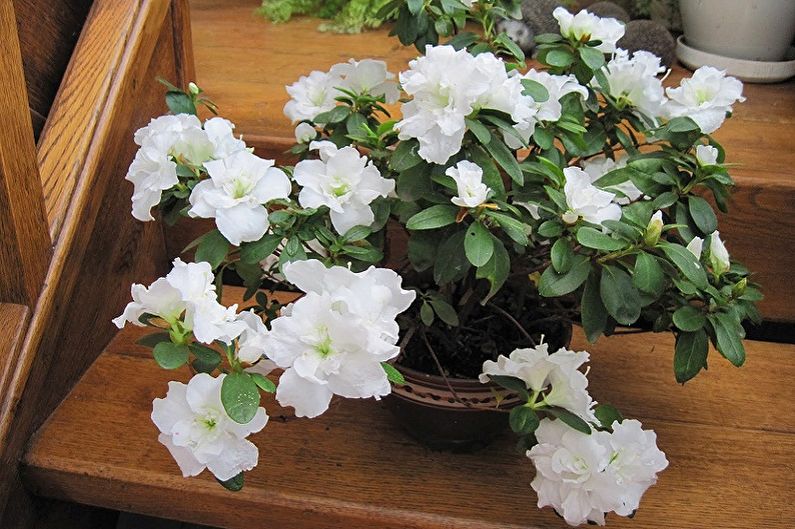
3. Poinsettia
Bright expressive flower is a favorite not only of many flower growers, but also fans to create a festive decor in the house. The second name of the plant is the Star of Bethlehem, which speaks for itself and does not require special praises. The flower is really very beautiful, but also has its drawbacks. First of all, the poisonous milky juice contained in the "body" of the plant can cause harm to a person: getting into the esophagus, it can cause a rather severe burn. It is also worth being careful with the plant for people who are allergic to latex.
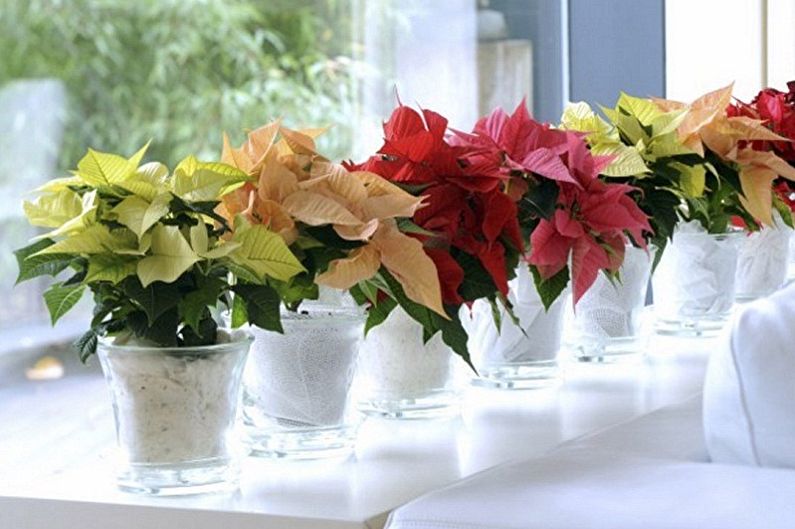

4. Monstera
Monstera refers to tropical plants, vines. Although on the territory of its native hot tropics it blooms and bears fruit all year round, in the conditions of our climate at home this is almost impossible to achieve. But its leaves are inimitable - they have large plates, first solid, and over the years more and more perforated. The plant does not contain poison and therefore does not pose a great danger, but there is still a threat to harm the body.There are microscopic “needles” in the leaves, which, getting on the mucous areas, can cause a burning sensation.
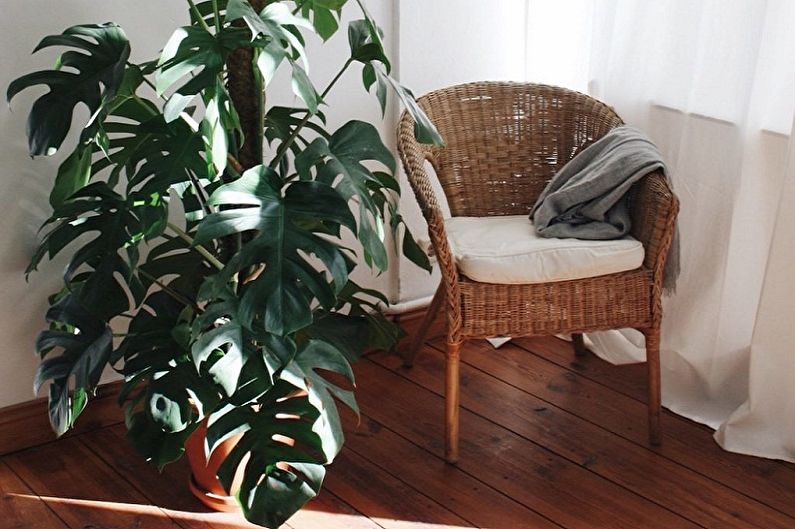
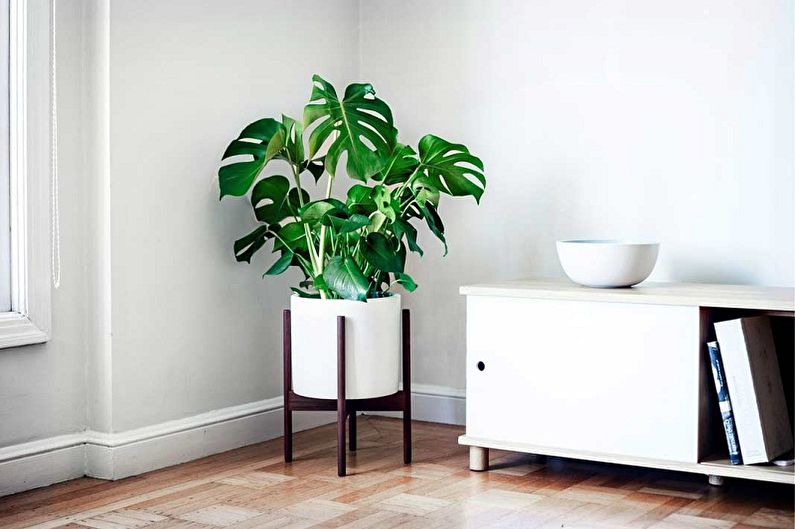
5. Persian cyclamen
The second name for this cute houseplant is Alpine Violet. It is impossible not to pay attention to it - rich and spectacular green leaves with silver interweaving of veins wonderfully combine with gentle bent petals of small flowers. The color of the inflorescences has an extensive range of colors from white to purple shades. But in nature, beauty is often intertwined with danger - the Persian cyclamen is capable of harming the health of a person or an animal. Its poison contained in tubers can adversely affect vision and even give impetus to the development of cataracts. The plant should not be in the kitchen, and when making any manipulations with it, it is imperative to use gloves.

6. Trichocereus
This South American continent has won the hearts of many cactus lovers. It is not whimsical to the conditions of detention and does not take up much space in the interior. Trichocereus has many species, but at home, you can often find a cactus called Bleaching, since during the flowering period it produces amazing snow-white flowers with a lilac aroma. At the same time, culture is quite dangerous and can even lead to death. It contains the harmful substance alkaloid mescaline, which has a negative effect on the central nervous system, and provokes visual hallucinations. On contact, a numbness of the affected area of the skin and a loss of sensitivity may occur.
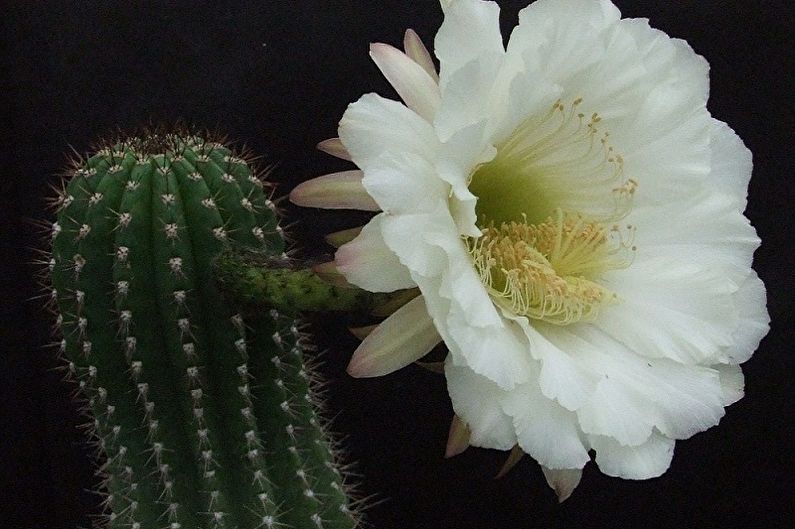

7. Clivia
This ornamental plant is easy to distinguish by bright orange colors, so it often finds its application in phytodesign. Clivia is very beautiful, but poisonous, so you should not place her in an apartment where there is a restless child or pets. In extreme cases, it is better to equip hanging shelves for the flower, which will be in the zone of inaccessibility of children and animals. Poisonous substances can cause digestive upset.
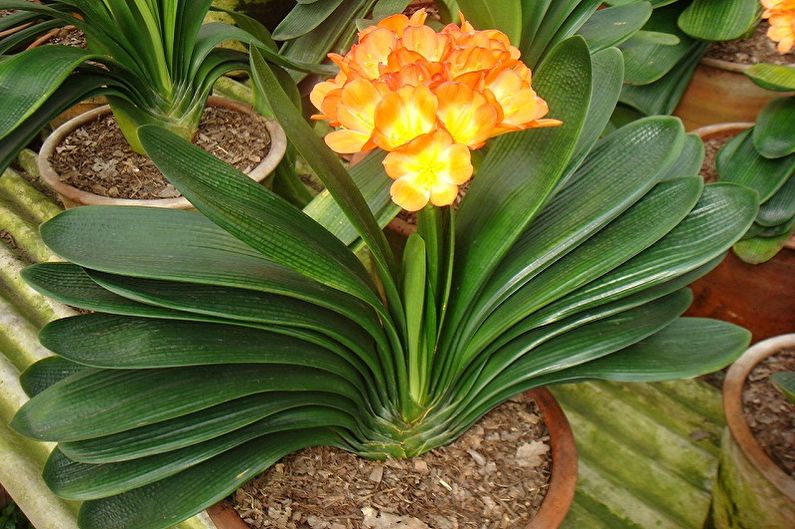

8. Brovallia
The culture is a small shrub with lilac, blue or white small flowers. It has elegant delicate stems, which are not so harmless as it seems at first glance. The danger in itself lies with the juice of the stem of the plant, which, getting on the skin, can cause intoxication.
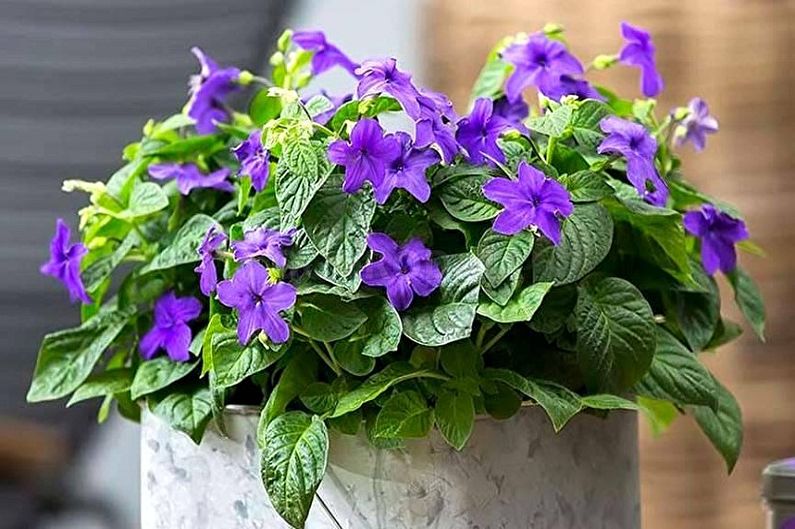
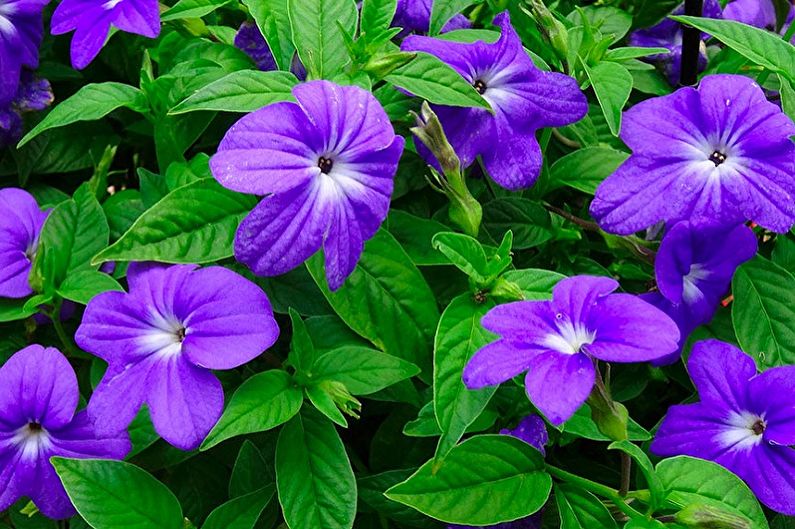
9. Euphorbia
Euphorbia is found in interior gardening quite often, as it is very decorative and unpretentious. It has many subspecies, but it combines their presence of milky juice, which can have both medicinal and fatal effects on the human body, in particular, cause severe poisoning.
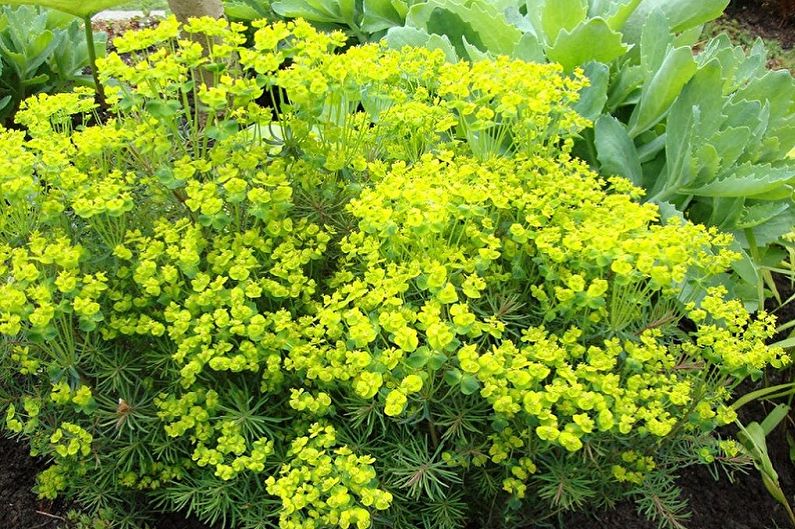
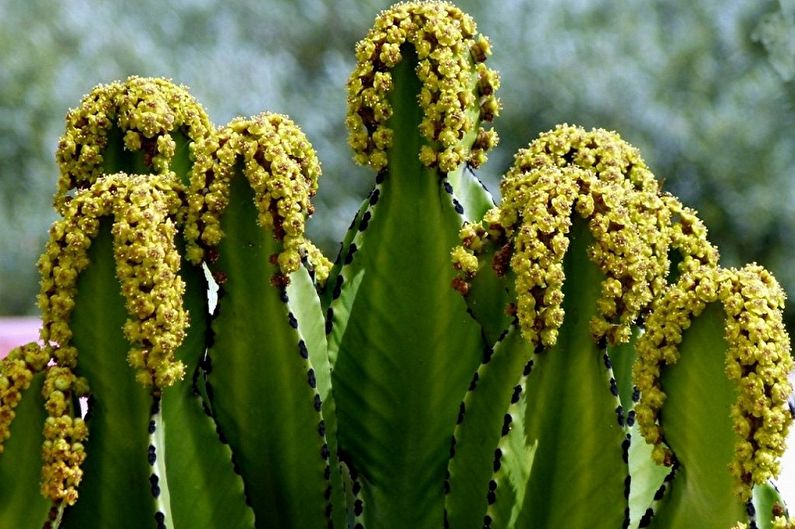
10. Pachypodium Lamer
And crowned with our hit parade of green domestic pests is a lush plant that people call the Madagascar palm tree. As a representative of the African flora, it has a thick fleshy trunk with many spines and a green "mohawk" of leaves on top. The insidious danger lurks in the very toxic juice of the trunk, which can harm a person, especially an allergy sufferer. It contains many toxins and alkaloids that can cause blindness in the eyes or even cardiac arrest if the substances are in the blood.
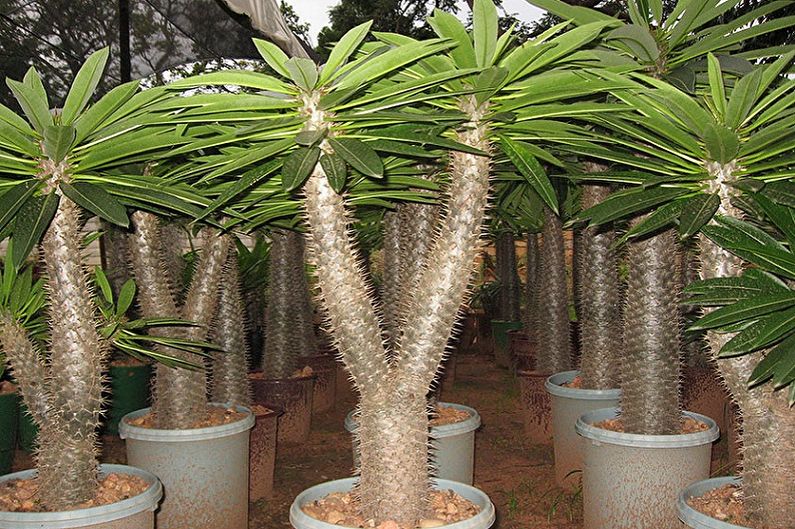
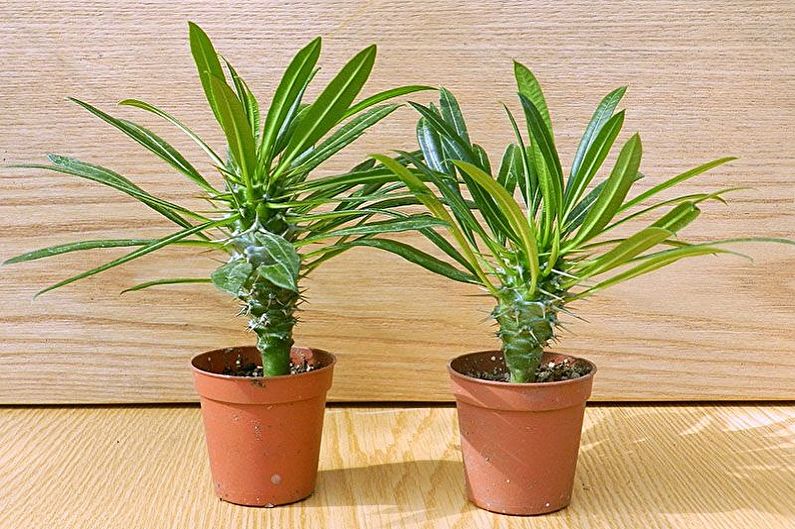
Popular signs about unwanted indoor plants
Each person has his own opinion about whether it is possible to trust popular signs. But do not forget that most often their origin is based on many years of experience, therefore, perhaps it is worth listening to the wisdom collected by our ancestors. So, as popular beliefs say, it is undesirable to keep the following "green" tenants in the house:
1. Cacti.Fans of these exotic beauties are many, but not everyone knows that their presence in the apartment can provoke adverse family relationships, lead to alcoholism, unsuccessful marriage or even leave the young lady without a chance to get married.
2. Fern. This lush plant, according to popular observations, takes life energy, so do not be surprised if, when you share one roof with it, you will feel constantly tired and inactive.
3. Ivy. This representative of the flora is very popular in landscaping not only house adjoining areas, but also apartments, but you need to remember that, like all climbing plants, it scares off the male sex. This should be taken into account not only for young girls, but also for married ladies, since the presence of ivy will encourage a man to leave home.
4. Dieffenbachia. It is believed that this flower is able to take away the strength and health of households.
5. Mother-in-law's tongue. This is one of the most unfavorable colors for family life, which prompts the male sex to part, and takes away internal energy from women, leading to health problems.
6. Palm tree. The green beauty will look great in office rooms and other public places. As for the apartments, according to popular wisdom, it can bring significant troubles, especially presented as a gift.
7. Ficus remains a controversial domestic plant. Some believe that he is able to provoke infertility, while others, on the contrary, are of the opinion that ficus is a guarantee of large families and family well-being.
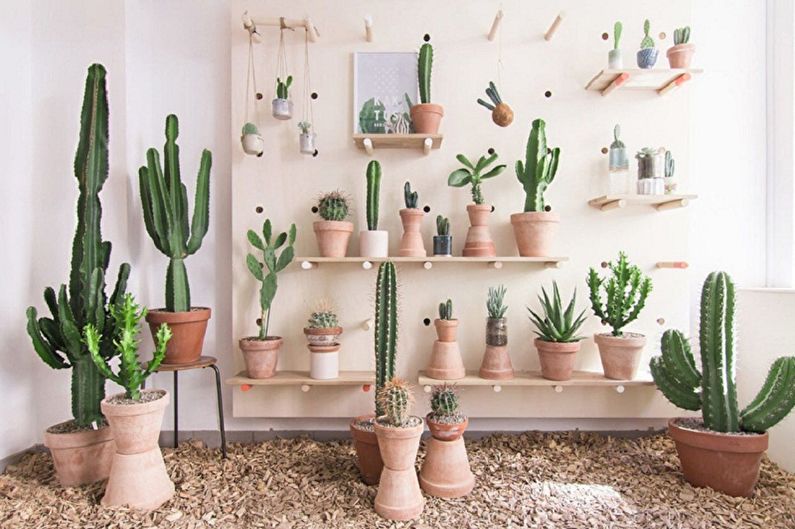
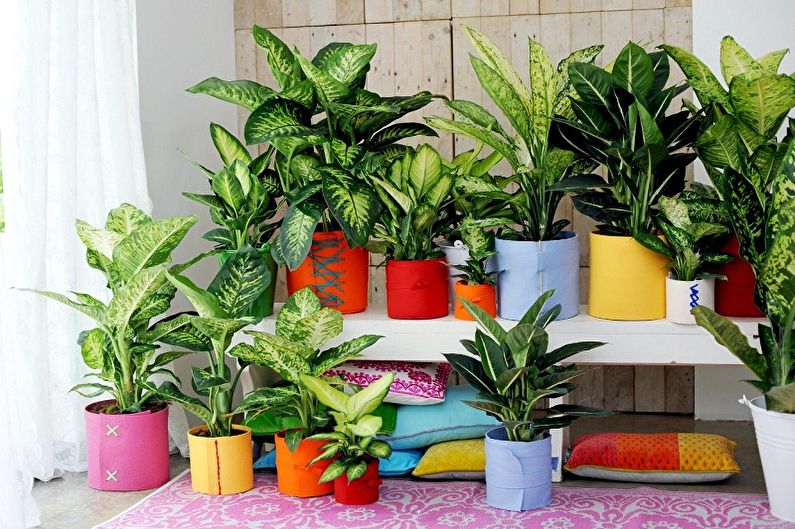
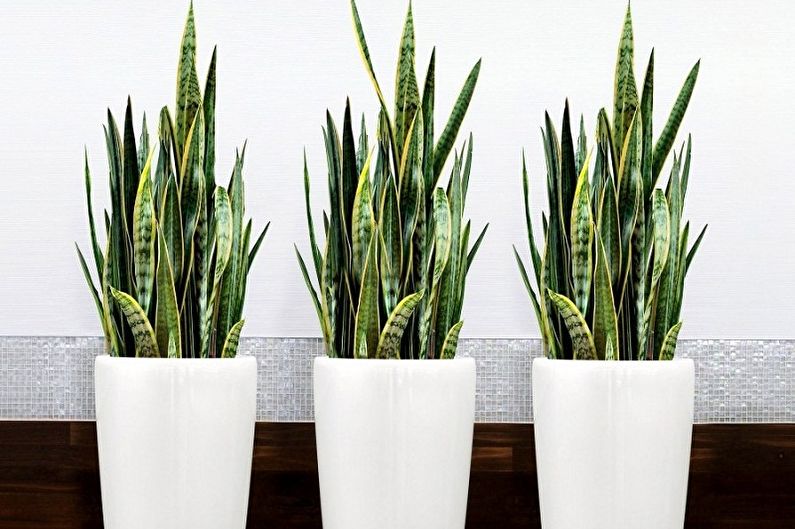
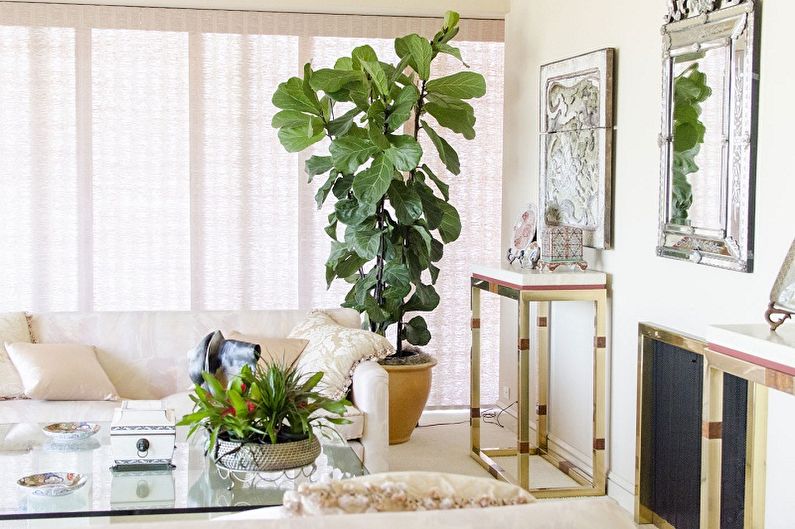
Flower feng shui: what flowers can not be kept in the house
In China, there is an opinion that one of the main arts that every inhabitant is obliged to master is floriculture, since the energy emitted by plants can both harmonize living space and have a negative impact. At the same time, much attention is paid not only to the types of green crops, but to their arrangement, because each indoor flower is responsible for a certain area of the living space.
As for the plants themselves - according to ancient philosophy, species with sharp leaves are the most undesirable tenants of apartments. Various kinds of needles and thorns provoke numerous scandals and quarrels. Another harmful representative in the house is a bonsai tree. It looks pretty nice, but the dwarf dimensions achieved by artificial means can impede the personal development of the owner of the apartment, depriving him of a chance for a successful career advancement and well-being.
Considering the main dogmas, it is worth taking a note that can contribute to the growth of the negative situation in the living room: old, sick and drying flowerpots; potted ornamental plants with falling leaves; A cluster of floral elements in the bedroom.
As the Feng Shui philosophy says, all green cultures are divided into male and female, and in order to achieve harmony in relations in the house, it is necessary to keep cultures belonging to both sexes. We must not forget to install plants in corners, niches, since it is there that the largest accumulation of negative energy clots is observed.
